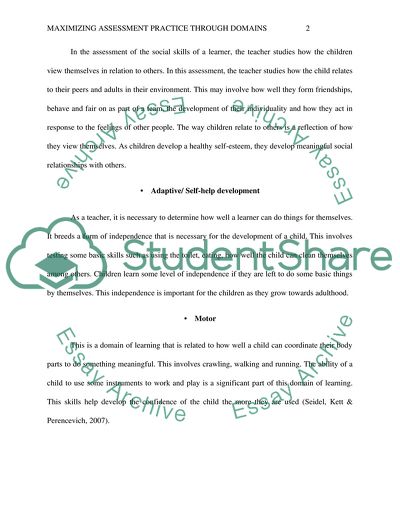Cite this document
(“Maximizing Assessment Practice through Domains, Technology, and Assignment”, n.d.)
Retrieved from https://studentshare.org/education/1674058-maximizing-assessment-practice-through-domains-technology-and-partnerships
Retrieved from https://studentshare.org/education/1674058-maximizing-assessment-practice-through-domains-technology-and-partnerships
(Maximizing Assessment Practice through Domains, Technology, and Assignment)
https://studentshare.org/education/1674058-maximizing-assessment-practice-through-domains-technology-and-partnerships.
https://studentshare.org/education/1674058-maximizing-assessment-practice-through-domains-technology-and-partnerships.
“Maximizing Assessment Practice through Domains, Technology, and Assignment”, n.d. https://studentshare.org/education/1674058-maximizing-assessment-practice-through-domains-technology-and-partnerships.


